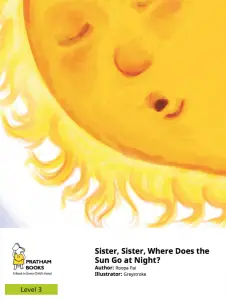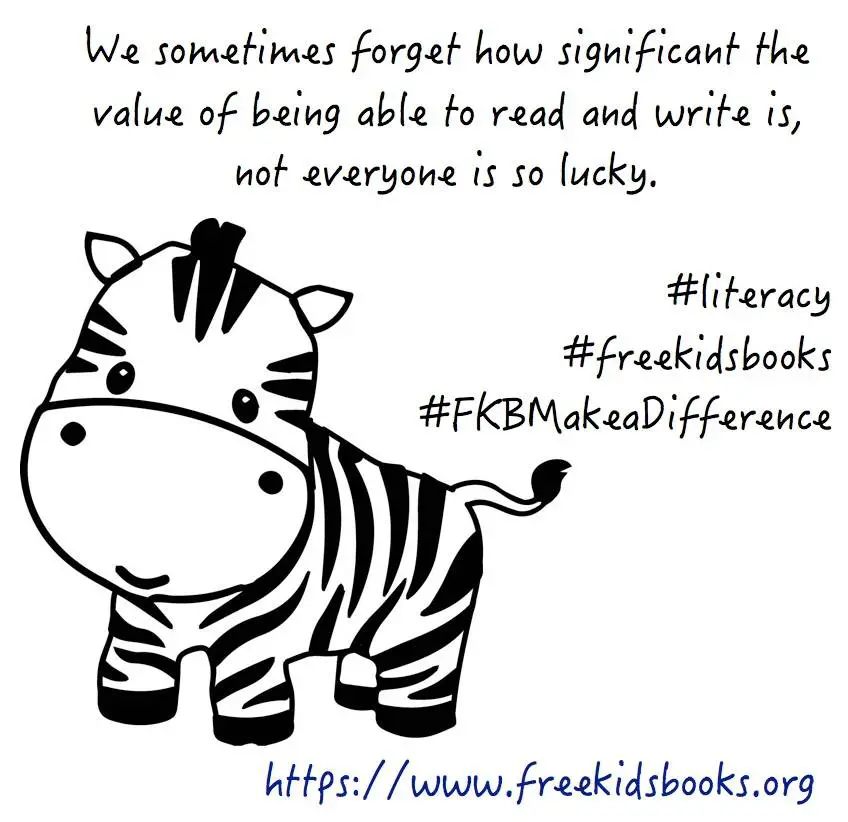
 In Where Does the Sun Go at Night, a sister and brother discuss where the sun might go at night. The younger brother keeps guessing lots of inventive ideas, but the older sister knows best what she’s been taught from books at school and explains to her brother where the sun goes at night. This beautifully illustrated children’s story has more facts and an experiment at the end to try to help illustrate the relationship of the sun and the earth. Where Does the Sun Go at Night makes a great early non-fiction children’s book for school projects and home school.
In Where Does the Sun Go at Night, a sister and brother discuss where the sun might go at night. The younger brother keeps guessing lots of inventive ideas, but the older sister knows best what she’s been taught from books at school and explains to her brother where the sun goes at night. This beautifully illustrated children’s story has more facts and an experiment at the end to try to help illustrate the relationship of the sun and the earth. Where Does the Sun Go at Night makes a great early non-fiction children’s book for school projects and home school.
Sample Text from Where Does the Sun Go at Night
Sister, sister, I wonder…
What do you wonder, little brother, What do you wonder?
I wonder, I wonder,
Where the sun goes at night. Where do you think, little brother, Where do you think?
I think, I think…
Tell me, little brother,
What do you think?
I think
That maybe, a demon.
The terrible black demon
Of Darkness
Eats up the sun each night
For dinner.
See how the blue sky, at sunset, Is stained red with his blood?
Project from where does the Sun go at Night
Try this experiment!
To understand how the earth’s rotation causes day and night, try this simple exercise.
You need:
A small rubber ball A big torch
Some felt pens
A friend
What to do:
Imagine that the rubber ball is the earth. Using the felt pens, draw the map of the world on the rubber ball. Now, imagine that the torch is the sun. Ask your friend to switch on the torch.
Place the ball (the earth) directly in the path of the torch beam (sunlight), so that India is facing the sun. Turn the ball around slowly. What do you see? When India is facing the sun, the Americas are in darkness.
As India begins to turn away from the sun, Europe and Africa come into the ‘sunlight’. Then, as the ‘earth’ continues to turn, the Americas come into the light and India becomes dark.
Keep turning the ball till India faces the sun
again. This is what happens every time the earth turns around on its axis. During each rotation, India (and every other place on earth) has one day and one night.
<End of Sample Text>
Another great non-fiction children’s story from Pratham and Storyweaver.
If you liked this book, you may also like:
 Handmade in India
Handmade in India
Early Grades Non-fiction and Culture
Handmade in India is a journal style book from an artist traveling through the Indian countryside. The writer paints the artisans she meets and the many items they make. The text includes lots of information about the people and culture in the countryside of India.
The beautiful water colour illustrations and descriptive texts really take the reader inside the country and the lives of the people there. This is a great early non-fiction book for cultural studies.
Written and Illustrated by Olivia Fraser
 A Tiny Seed – The Story of Wangari Maathai
A Tiny Seed – The Story of Wangari Maathai
A Tiny Seed – Wangari Maathai understood that a lot can be achieved for the world by planting a tiny seed and letting it grow. Through her belief and her dreams for her country and people, she became the first black woman to win the Nobel Prize. This inspiring true story for children is brought you in Creative Commons by BookDash.
By: Nicola Rijsdijk & Maya Marshak
See more books about Space below
[display-posts category=”Space” include_excerpt=”true” image_size=”thumbnail” wrapper=”div” wrapper_class=”display-posts-listing grid” meta_key=”_thumbnail_id”]
See more books by Pratham’s Storyweaver below
[display-posts category=”Storyweaver-Pratham” include_excerpt=”true” image_size=”thumbnail” wrapper=”div” wrapper_class=”display-posts-listing grid” meta_key=”_thumbnail_id”]
Sponsored Links:
Note – if you sign up through these links, it doesn’t cost you any extra, but FKB receives a small donation, which helps us with our project to buy more FREE Hardcopies for kids who need them
All our posts are checked by Grammarly, the FREE online grammar checker (We still receive a donation even if you only sign up for the free account :-):















nice
It goes no where, a part of the earth only rotates away from it while another part rotates towards it.
The sun is up there you just cant see it it is behind the moon. Did you know that there are over 1000 moons! At night the moon is brighter because it is illuminated by the sun which we can’t see… and some nights the sun is lined up with the moon and the moon is lit up and shining very bright. That’s why!
Thanks for the informative comment!!!
where does the sun really go at night